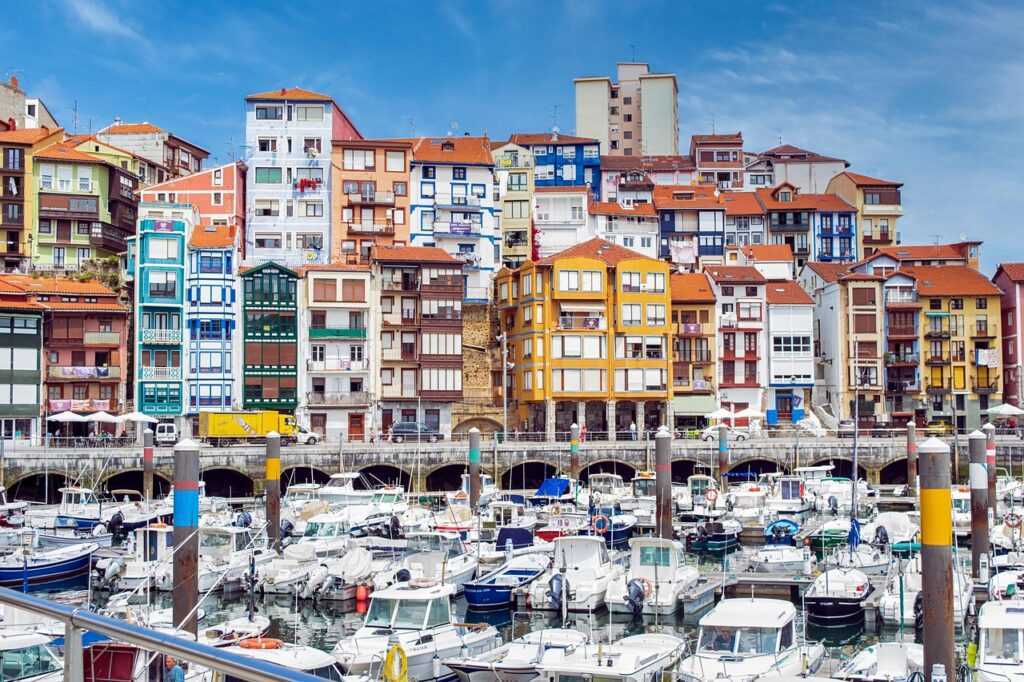Art and technology have always shared a fascinating relationship, but artificial intelligence has taken this connection to a new dimension. Algorithms are no longer just tools—they are becoming creative partners, reshaping how artists imagine, design, and express their visions. Whether it’s digital paintings, immersive installations, or AI-generated soundscapes, this fusion of human emotion and machine logic is unlocking new ways of storytelling. Interestingly, the same underlying technologies used in data-driven experiences—from music recommendation engines to immersive gaming—also power innovations like super sic bo online, where machine intelligence personalizes gameplay to make each session unique and engaging.
The Rise of Generative Art
Generative art sits at the intersection of code and creativity. Instead of manually drawing or sculpting, artists now design algorithms that create images, shapes, and textures autonomously. These programs use parameters set by the creator, but the outcomes often surprise even the artist themselves. Each rendering becomes a one-of-a-kind composition, blending human intention with computational spontaneity.
Artists such as Refik Anadol have pioneered this field by feeding AI vast datasets—like city sounds or brainwave activity—to produce mesmerizing digital murals that pulse with data-driven emotion. Viewers no longer see a static canvas; they experience a living organism evolving in real time. This unpredictability is part of the appeal. The artist relinquishes control to the algorithm, and in return, gains access to infinite variation.
From Tools to Collaborators
The creative process is shifting from commanding technology to collaborating with it. AI no longer acts merely as a software assistant; it interprets human prompts, proposes new ideas, and even challenges creative assumptions. Musicians use neural networks to compose melodies based on their favorite genres, while filmmakers employ AI to analyze audience reactions and suggest edits that enhance emotional impact.
This shift is subtle but profound. The dialogue between artist and algorithm becomes iterative—each influences the other. A human provides context and emotion, while the machine contributes data and structure. The boundary between human creativity and computational logic blurs, producing a shared authorship that redefines what “original” means.
Personalized Art Experiences
Customization has become a defining feature of contemporary creativity. With AI’s ability to analyze user behavior and preferences, artistic experiences are now tailored to each individual. Museums are experimenting with installations that react to a visitor’s movement, mood, or even heart rate. Imagine walking into a gallery where colors shift in harmony with your pulse, or music evolves according to your facial expression.
This personalization transforms spectators into participants. The art adapts to them, not the other way around. It creates an emotional connection that traditional static forms rarely achieve. In digital environments, such as interactive games or online exhibitions, this adaptability keeps engagement levels high and sustains curiosity.
The Ethics of Machine-Made Art
As AI-generated works gain recognition, ethical debates intensify. Who owns a piece created by an algorithm? Should credit go to the programmer, the machine, or the collective process? These questions challenge conventional notions of authorship and value. Moreover, as datasets often contain cultural biases, there’s growing concern that AI may unintentionally replicate stereotypes or marginalize certain artistic traditions.
Addressing these challenges requires transparency. Artists and developers are increasingly open about the algorithms they use and the data that informs them. Some even publish their source code as part of the artwork, allowing audiences to understand—and question—the creative mechanism itself. This openness ensures that AI’s role in creativity remains accountable and inclusive.
When Creativity Becomes Infinite
The true power of AI in art lies in its capacity for endless exploration. Machines can analyze millions of patterns, colors, and forms in seconds, offering suggestions that push human imagination beyond familiar boundaries. This doesn’t diminish the artist’s role—it amplifies it. The human remains the storyteller, while AI becomes a lens through which new narratives emerge.
What was once a rigid process of trial and error now feels like a conversation with infinity. From designing immersive installations that learn from audience behavior to composing music that evolves with listener feedback, the creative journey has never been more dynamic. As technology continues to evolve, art will not be replaced—it will be reimagined through an ever-expanding collaboration between intuition and intelligence.
Conclusion
Artificial intelligence has not stolen creativity—it has multiplied it. By turning algorithms into co-authors, today’s creators explore dimensions that were once unreachable. Whether through generative visuals, interactive performances, or adaptive soundscapes, the fusion of human vision and machine reasoning continues to redefine artistic expression. The question is no longer whether AI can be creative, but how far this partnership can go in shaping the future of imagination itself.

 Donemic Grantnurry, founder of the Avant Garde Artistry Hub, is a visionary at the intersection of art and technology. With a deep passion for innovation, Donemic has created a platform that not only informs artists about the latest tools and trends but also empowers them to transform their creative processes. His dedication to exploring the therapeutic potential of art has positioned Avant Garde Artistry Hub as a key resource for artists seeking to improve both their craft and well-being.
Beyond his work in art technology, Donemic is committed to helping artists build sustainable careers. Through insightful articles on marketing, business strategies, and art competitions, he provides emerging talents with the guidance they need to succeed in the competitive world of art. His work continues to inspire and support a global community of creatives who are passionate about blending art with modern technology.
Donemic Grantnurry, founder of the Avant Garde Artistry Hub, is a visionary at the intersection of art and technology. With a deep passion for innovation, Donemic has created a platform that not only informs artists about the latest tools and trends but also empowers them to transform their creative processes. His dedication to exploring the therapeutic potential of art has positioned Avant Garde Artistry Hub as a key resource for artists seeking to improve both their craft and well-being.
Beyond his work in art technology, Donemic is committed to helping artists build sustainable careers. Through insightful articles on marketing, business strategies, and art competitions, he provides emerging talents with the guidance they need to succeed in the competitive world of art. His work continues to inspire and support a global community of creatives who are passionate about blending art with modern technology.